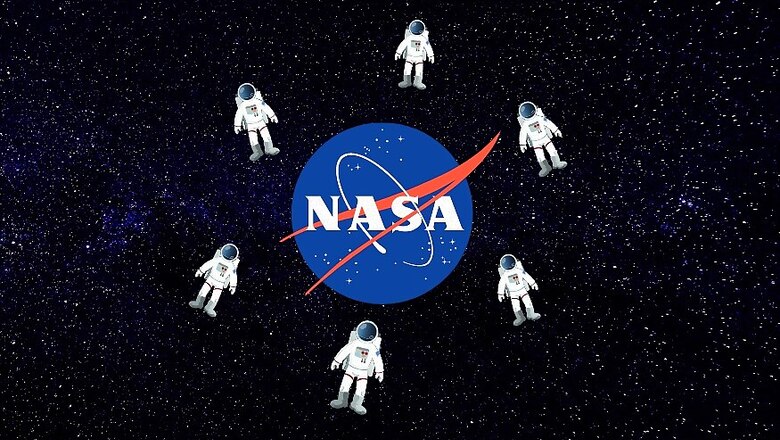
views
The National Aeronautics and Space Administration (NASA) has announced its latest opening of applications for astronauts, who will be earmarked for missions under its upcoming Artemis programmes. This marks the first time that NASA has opened applications for new astronauts since 2015, when it selected 11 new astronauts from a pool of 18,300 applicants. Now, with manned missions to the moon and Mars coming up within the next decade, NASA is looking for new, qualified individuals from varied walks of life to travel to space, in what will herald a new series of manned missions to space since the iconic Apollo missions.
"We will send the first woman and next man to the lunar South Pole by 2024, and we need more astronauts to follow suit on the Moon, and then Mars," said Jim Bridenstine, NASA administrator in a public statement. Applicants interested in going beyond the trappings of Earth will need to apply via NASA's official application link (click here), within 11:59PM local time on March 31.
The new astronauts will join the present league of 48 NASA astronauts, and 350 astronauts in NASA's history, in contributing to space research. The selected individuals will be part of space crews who will travel to multiple destinations, which include the International Space Station (ISS), the moon and Mars. The final selection of qualified candidates will be expectedly made by mid-2021, following which the crew will begin their training.
If this sounds of interest to you, here are the key criteria that have been laid down by NASA for its Artemis generation astronauts. You will have to be:
1. A citizen of the United States of America,
2. Hold a master's degree in any discipline in science, technology, engineering and mathematics (including biological science, physical science or computer science, from an accredited institution),
Alternate to the master's degree, individuals who may qualify to apply can hold:
1. Two years (36 semester hours or 54 quarter hours) of work toward a Ph.D. programme in a related science, technology, engineering or math field,
2. A completed doctor of medicine or doctor of osteopathic medicine degree,
3. Completion (or current enrollment that will result in completion by June 2021) of a nationally or internationally recognized test pilot school programme.
NASA's official website on the matter also states, "Candidates also must have at least two years of related, progressively responsible professional experience, or at least 1,000 hours of pilot-in-command time in jet aircraft. Astronaut candidates must pass the NASA long-duration spaceflight physical. As part of the application process, applicants will, for the first time, be required to take an online assessment that will require up to two hours to complete."
The new astronauts will be expected to contribute to missions aboard the ISS, and travel to the moon in a new lunar landing project commencing 2024. They will also be a part of the sustained annual lunar landing missions that NASA has in charts, from 2028.




















Comments
0 comment